News Archive
Filter by Division
Filter by Categories
Turning Pages, Changing Lives: Dr. Simon Warren’s Path from Literature to Dermatopathology
November 3, 2025 / DermatopathologyEnhancing Heart Failure Patient Care with the MOS Dashboard
June 3, 2025 / DqhiHeart failure with reduced ejection fraction (HFrEF), which measures your heart’s ability to pump oxygen-rich blood out to your body, remains a leading cause of death and hospitalization worldwide. Over the last three decades, clinical trials have highlighted the efficacy of four key medication classes- Beta-blockers, angiotensin-converting enzyme inhibitors (ACEis), angiotensin receptor-neprilysin inhibitors (ARNI), and sodium-glucose cotransporter 2 inhibitors (SGLT2i). Together, these medications form the pillars of guideline-directed medical therapy (GDMT), which has significantly improved patient outcomes, contributing to up to a 70% reduction in mortality among HFrEF patients.
Expect the Unexpected: MEST Cases in the Male Reproductive Tract
March 10, 2025 / EducationOne of the key qualities of expert pathologists is that they learn to expect the unexpected. In the Michigan Medicine Department of Pathology, our pathologists and collaborators recently reported on some of these unexpected findings.
 Mixed epithelial and stromal tumors (MESTs) are rare, usually benign tumors that are typically found in the kidney in perimenopausal women. These tumors can clinically mimic malignant tumors, so accurately identifying them is essential. Most of the time, these tumors are found incidentally, but some patients will present with abdominal or flank pain.
Mixed epithelial and stromal tumors (MESTs) are rare, usually benign tumors that are typically found in the kidney in perimenopausal women. These tumors can clinically mimic malignant tumors, so accurately identifying them is essential. Most of the time, these tumors are found incidentally, but some patients will present with abdominal or flank pain.
Is it Cancer? Patient-Centered Pathology Reports vs. Standard Pathology Reports in a new study from the Department of Pathology at Michigan
January 6, 2025 / Clinical ResearchImagine you are a patient who just had a biopsy completed. You wait nervously for the results and check your patient portal to see if any results have been received. After an anxious couple of days, you receive the results, only to read them and have no idea what they mean. It is Friday afternoon, your doctor’s office is closed, and you fret all weekend. This scenario plays out frequently and was the impetus for a research study conducted by Dr. Cathryn Lapedis and colleagues.
Preventing Patient Harm One Patient At a Time
July 31, 2024 / Clinical PathologyPathology Faculty and Staff Team up with Clinical Colleagues to Address Post-Surgical Kidney Injury
From the Xi'an to Ann Arbor
May 1, 2024 / Faculty SpotlightDr. Xiaobing Jin Shares His Story
Another Step Toward Healthcare Equity: Dr. Jennifer Jones and Colleagues Participate in National Study
April 24, 2024 / Clinical ResearchHealthcare disparities arise from multiple sources, some of which are cultural and rooted in historical biases. In health research, most study participants in the past have been of European descent. This delayed the identification of specific genetic differences that are found more frequently in non-Europeans, leading to misdiagnoses and inappropriate healthcare for those with these differences. One of these is the Duffy-null genotype leading to a Duffy-associated neutrophil count (DANC) that is lower than established reference ranges.
Clinicians' perspectives on Integrating Pathologists into Patient Care Teams
March 2, 2023 / EducationResearchers from the Department of Pathology recently published a fascinating study into clinician’s perspectives on integrating pathologists into the patient’s care team in the form of pathology explanation clinics (PECs) [1]. Clinicians were asked, “How interested would you be in having your patient meet with a pathologist to discuss their pathology report and see their tissue under the microscope?”
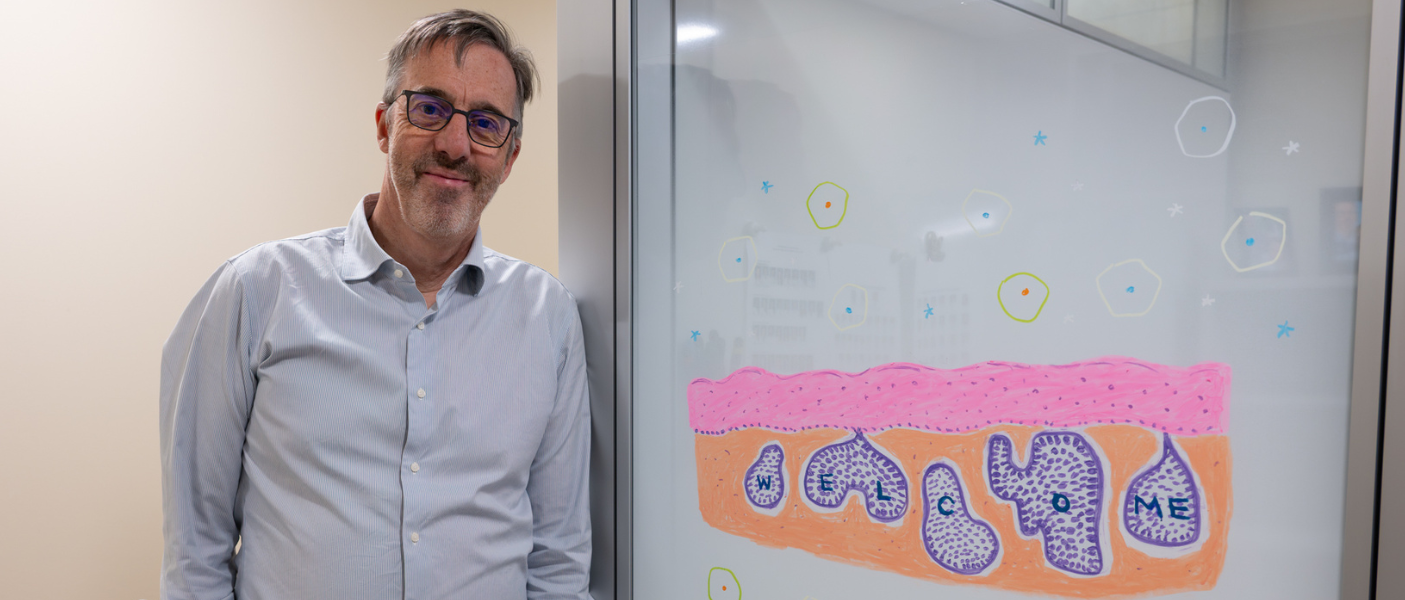




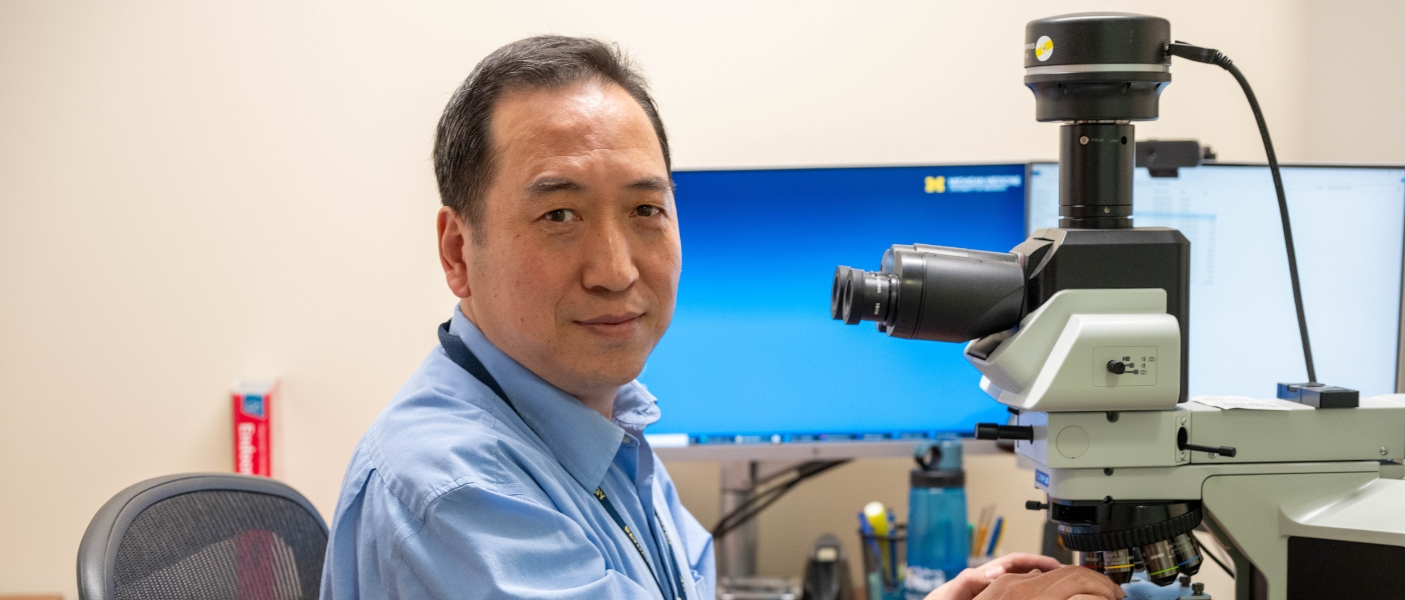


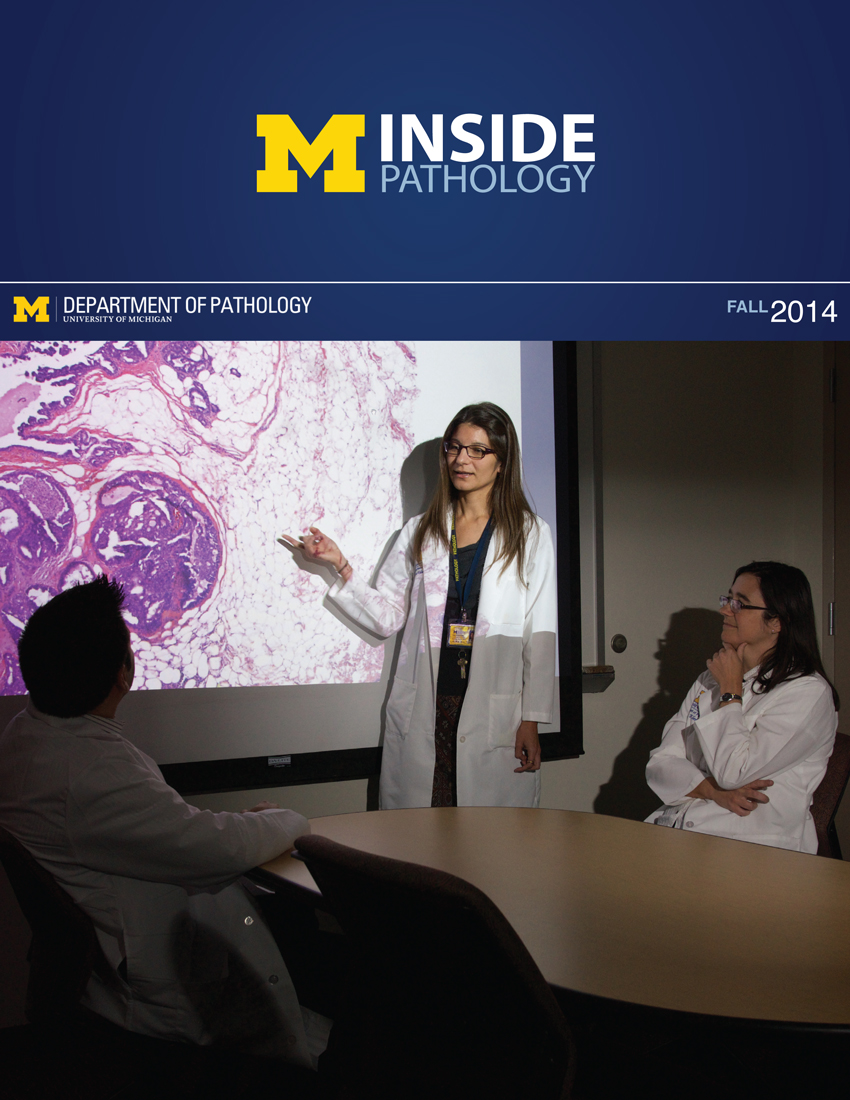 ON THE COVER
ON THE COVER
 ON THE COVER
ON THE COVER
 ON THE COVER
ON THE COVER
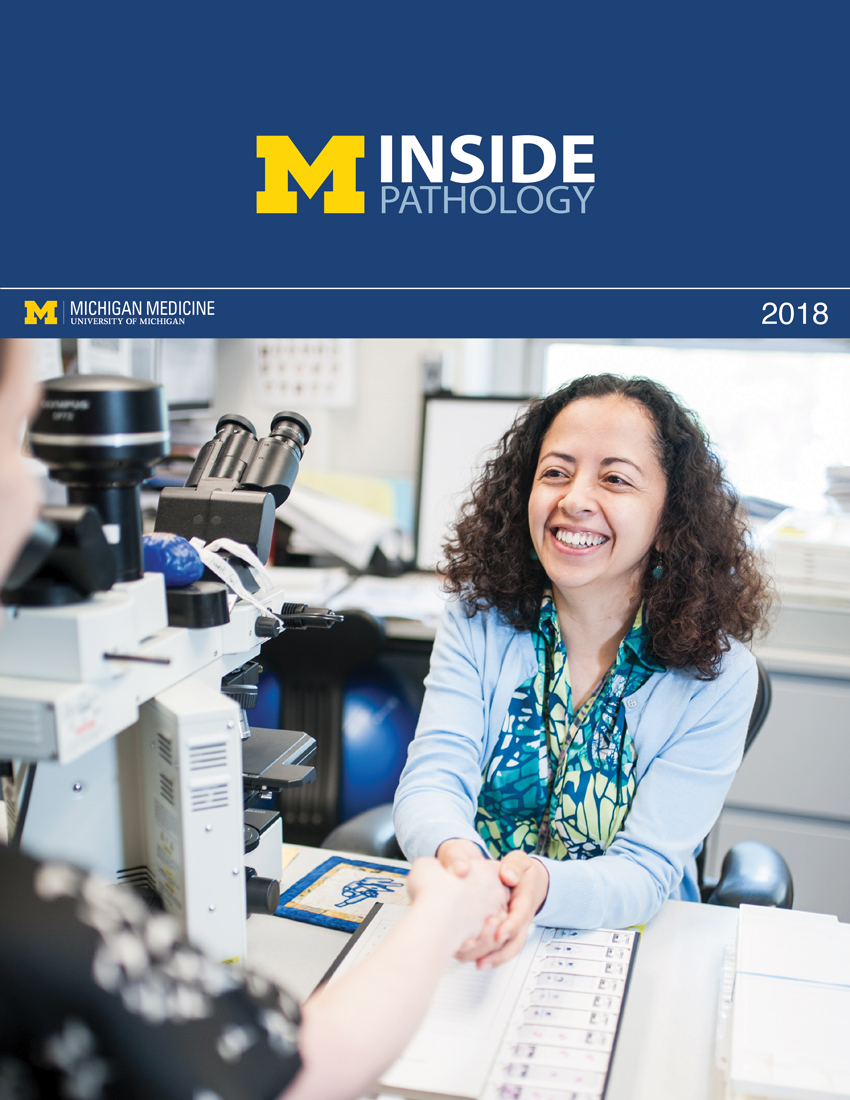 ON THE COVER
ON THE COVER
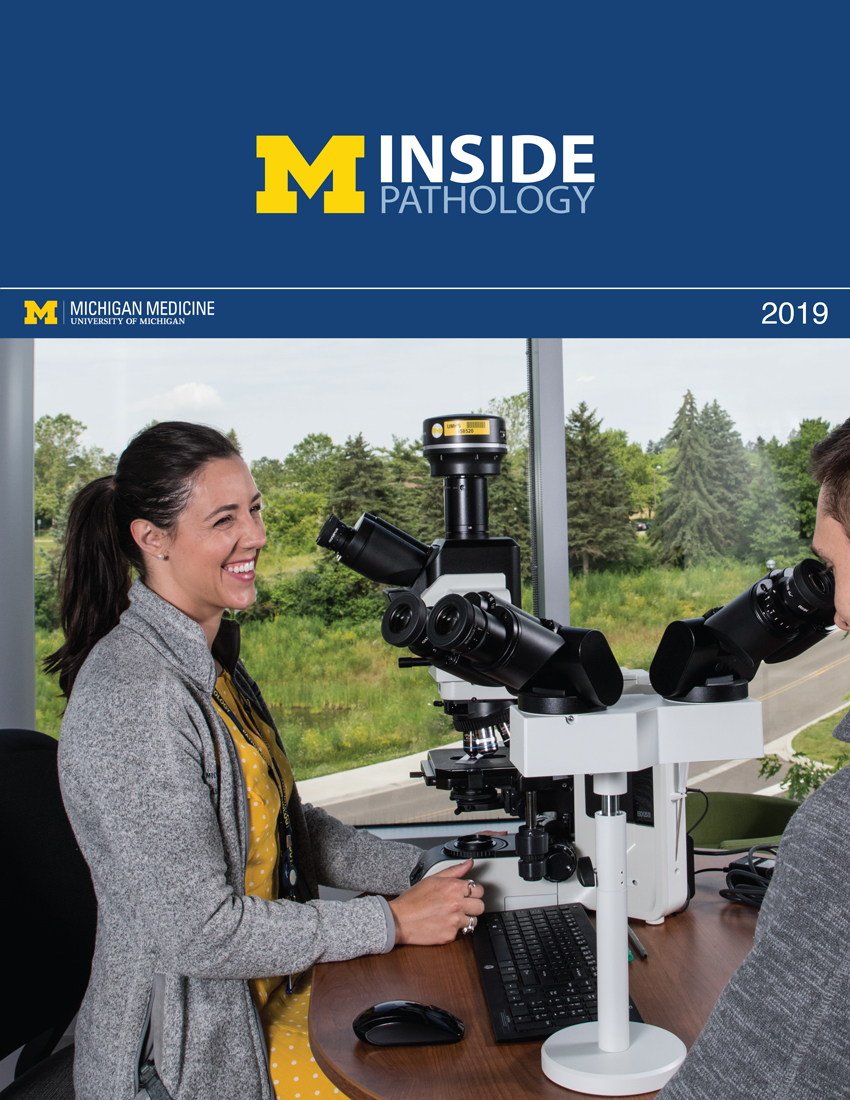 ON THE COVER
ON THE COVER
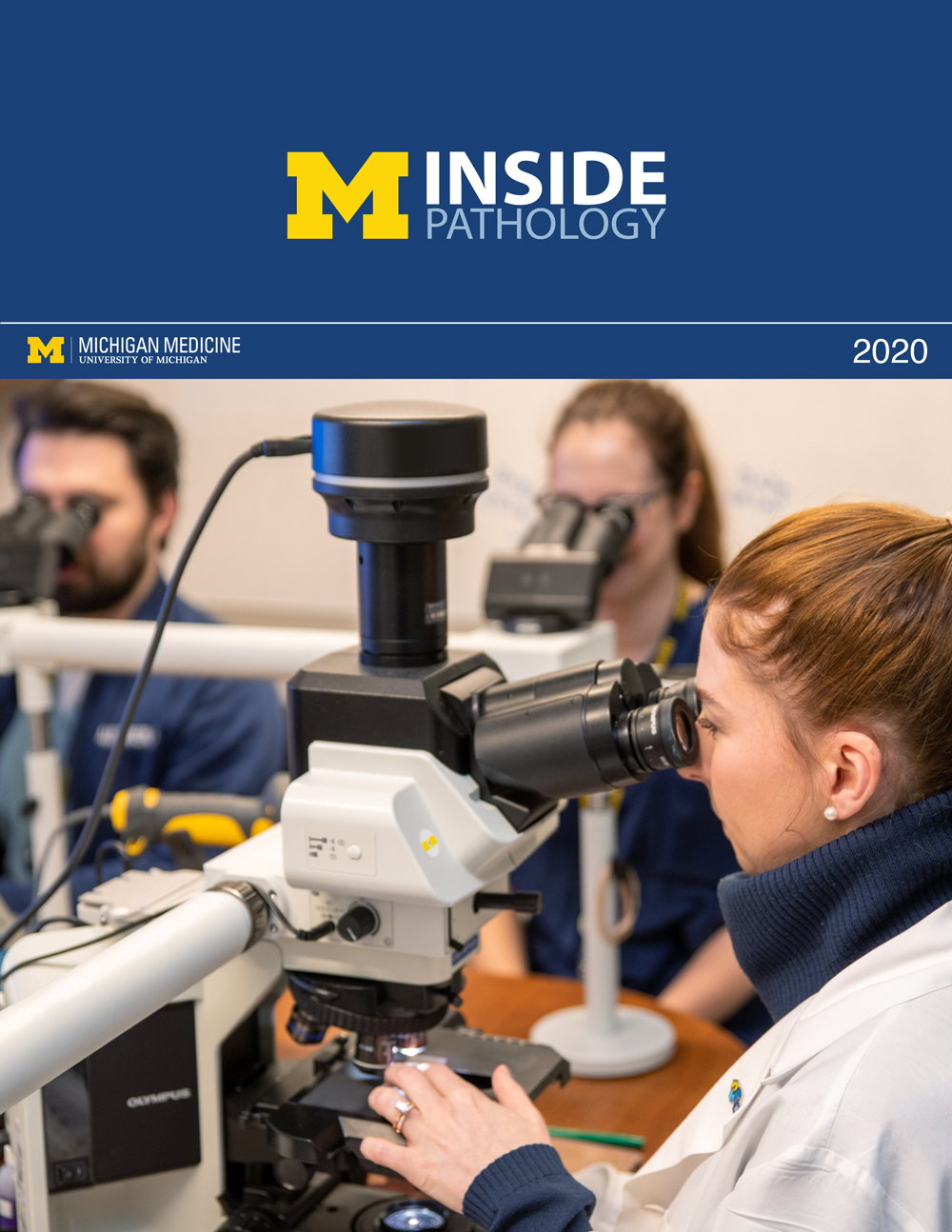 ON THE COVER
ON THE COVER
 ON THE COVER
ON THE COVER
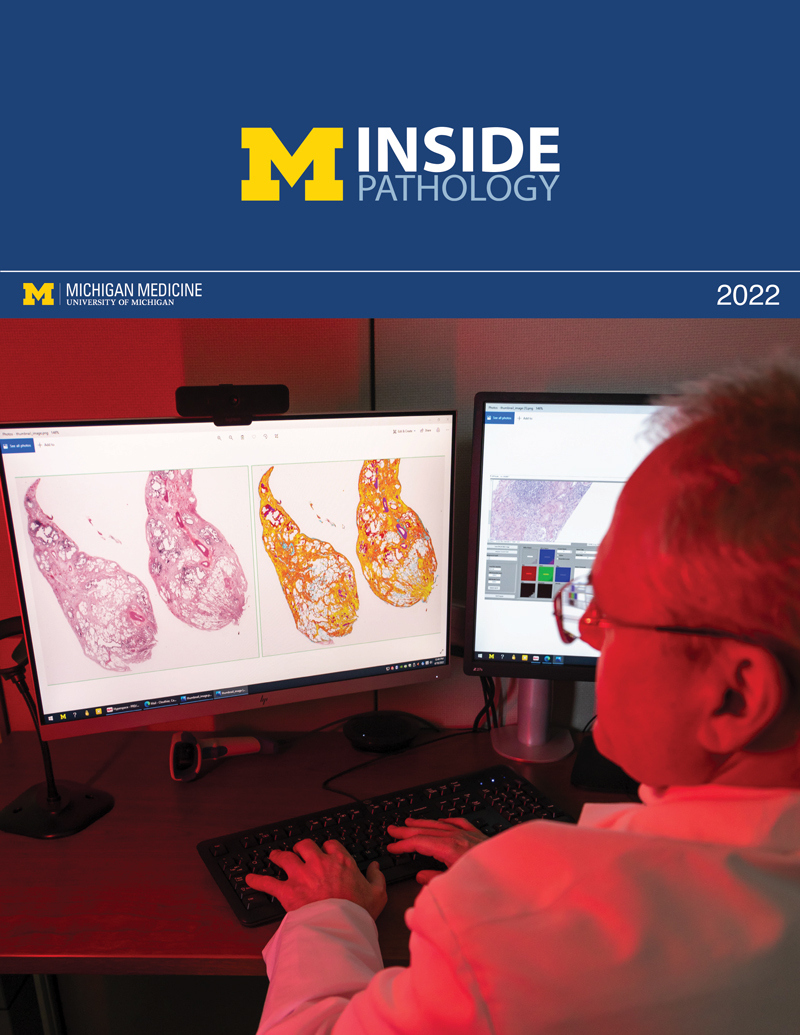 ON THE COVER
ON THE COVER
 ON THE COVER
ON THE COVER
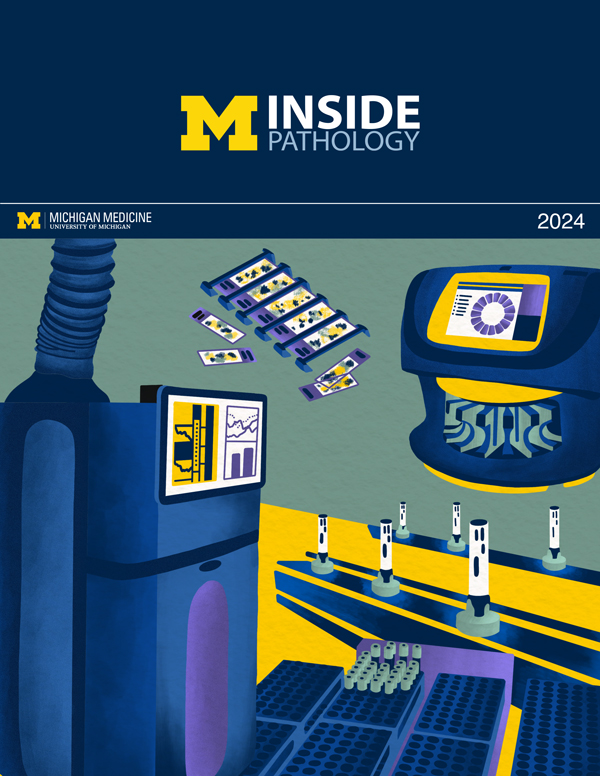 ON THE COVER
ON THE COVER
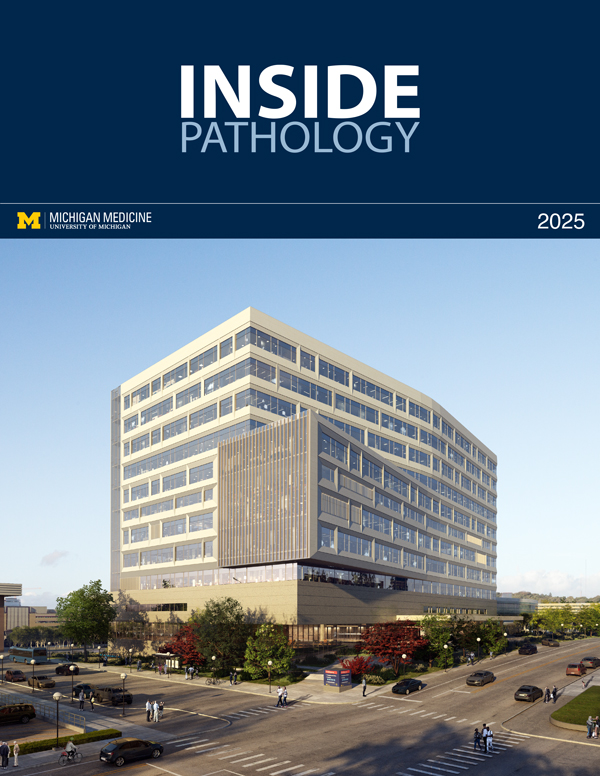 ON THE COVER
ON THE COVER
